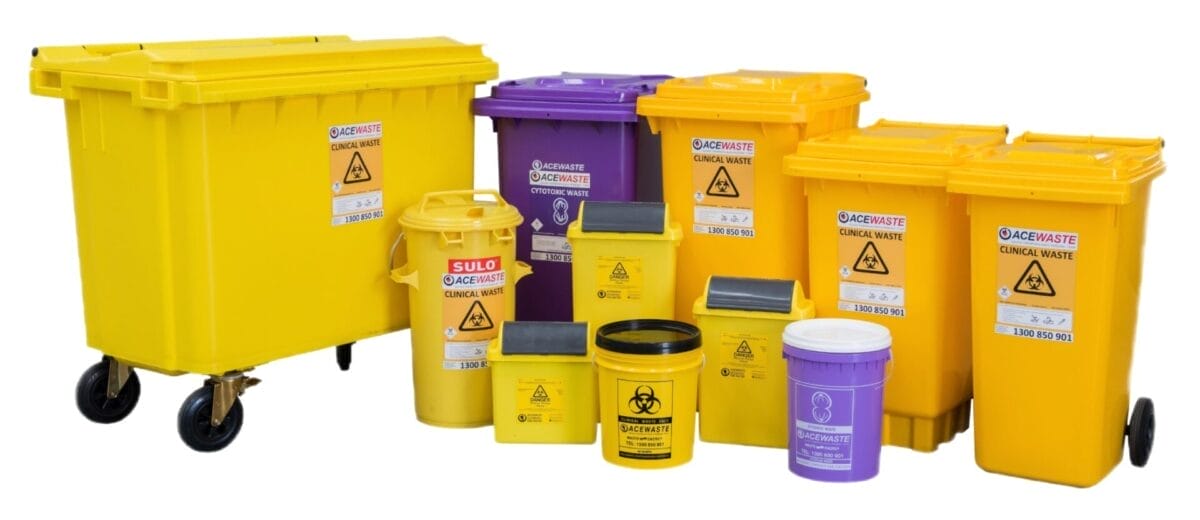Introduction
In the context of sustainable waste management, the segregation of waste, particularly in identifying and classifying infectious waste, emerges as a pivotal aspect that demands meticulous attention and comprehensive strategies. This article seeks to furnish stakeholders with a deep understanding of the imperative measures required to manage infectious waste effectively, thereby mitigating its potential hazards to public health and the environment.
The Imperative of Waste Segregation
Waste segregation is the cornerstone of effective waste management systems, facilitating the efficient recycling, treatment, and disposal of waste materials. The segregation process entails the systematic separation of waste at the point of generation, based on its physical, chemical, and biological characteristics. Among various types of waste, infectious waste—also known as clinical or biomedical waste—poses significant risks due to its potential to transmit diseases to humans and animals.
In Australia, the management of infectious waste is governed by stringent regulations and guidelines that are designed to protect public health and ensure environmental sustainability. These regulations necessitate the adoption of rigorous waste segregation strategies to prevent the inadvertent disposal of infectious materials in general waste streams, which could lead to the contamination of landfills and water sources, as well as expose waste management personnel to health hazards.
Identifying Infectious Waste
Infectious waste comprises any waste material that is suspected to contain pathogens in sufficient concentrations or quantities to cause disease in susceptible hosts. It includes, but is not limited to, sharps (such as needles and scalpels), laboratory cultures, waste from isolation wards, tissues (including human and animal parts), and swabs or dressings that have been in contact with infected wounds.
The identification of infectious waste necessitates a thorough understanding of the waste generation process within healthcare and laboratory settings. Effective identification is predicated on the classification of waste at the point of generation, which requires the implementation of comprehensive training programs for healthcare workers and laboratory personnel. These programs should focus on the categorisation of waste according to its risk of infection, thereby ensuring that hazardous waste is segregated appropriately at the source.
Classifying Infectious Waste
The classification of infectious waste is integral to its management and involves categorising waste into distinct groups based on risk assessment. In Australia, the classification system generally adheres to international standards, categorising infectious waste into sharps, pathological waste, pharmaceutical waste, chemical waste, and cytotoxic waste. Each category requires specific handling, treatment, and disposal methodologies to mitigate the risks associated with its hazardous nature.
Sharps Waste: This category includes any object capable of causing puncture or cuts, such as needles, syringes, blades, and broken glass. Sharps waste must be collected in puncture-proof containers that are clearly labelled and leak-proof.
Pathological Waste: Comprising tissues, organs, and body parts, pathological waste requires incineration or high-grade treatment methods to ensure complete destruction of pathogens.
Pharmaceutical Waste: Expired, unused, and contaminated drugs and vaccines fall under this category, necessitating disposal methods that prevent pollution and misuse.
Chemical Waste: Chemicals used in the diagnosis, treatment, or research that are hazardous require segregation and treatment to neutralise their harmful effects.
Cytotoxic Waste: Waste containing substances with genotoxic properties, such as certain chemotherapy drugs, demands stringent handling and disposal procedures to prevent exposure.
Waste Segregation Strategies
Implementing effective waste segregation strategies is essential for the safe and efficient management of infectious waste. These strategies encompass the development of clear guidelines and protocols, the provision of appropriate segregation tools (such as colour-coded bins and labels), and the establishment of robust training and awareness programs.
In Australia, the adoption of the National Waste Policy and corresponding state-based regulations underscores the commitment to waste segregation and management. These policies advocate for the reduction of waste generation, the promotion of recycling and reuse, and the safe disposal of hazardous materials.
Integration of Technology
The integration of technology in waste segregation strategies offers promising advancements. Automated waste sorting systems, barcoding, and tracking technologies enhance the accuracy of waste segregation and facilitate the traceability of infectious waste from its point of generation to final disposal. Such technological solutions not only improve efficiency but also contribute to the safety of personnel involved in waste management operations.
Collaboration and Compliance
Effective waste segregation requires collaboration among healthcare providers, waste management companies, regulatory bodies, and the community. Compliance with regulations and standards is non-negotiable, and it necessitates an ongoing commitment to best practices in waste management.
Conclusion
The identification and classification of infectious waste are critical components of waste segregation strategies, ensuring the safe and effective management of hazardous materials. In the Australian context, adherence to stringent regulations and the implementation of comprehensive waste segregation strategies are imperative to protect public health and the environment. Through the integration of technology, collaboration among stakeholders, and rigorous compliance with guidelines, the challenges associated with managing infectious waste can be effectively addressed. This commitment to excellence in waste segregation not only mitigates the risks associated with infectious waste but also contributes to the broader goals of environmental sustainability and public health protection.
If you would like to know more or would like our assistance in the areas mentioned check us out at www.intrinsicsafety.com.au. Alternately, call us on 1300 990 336 or email us at [email protected]



